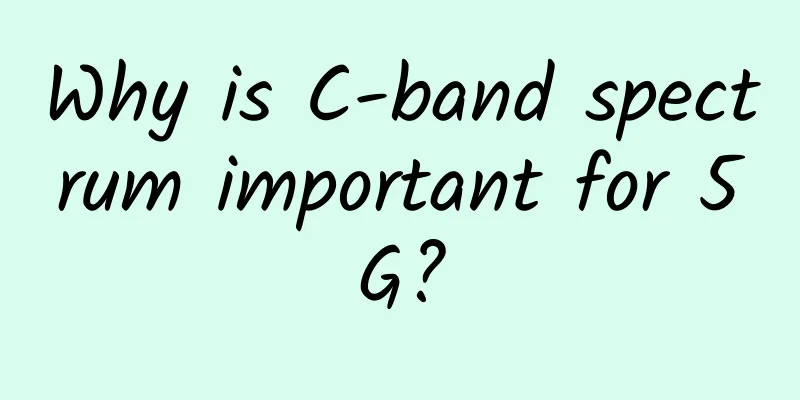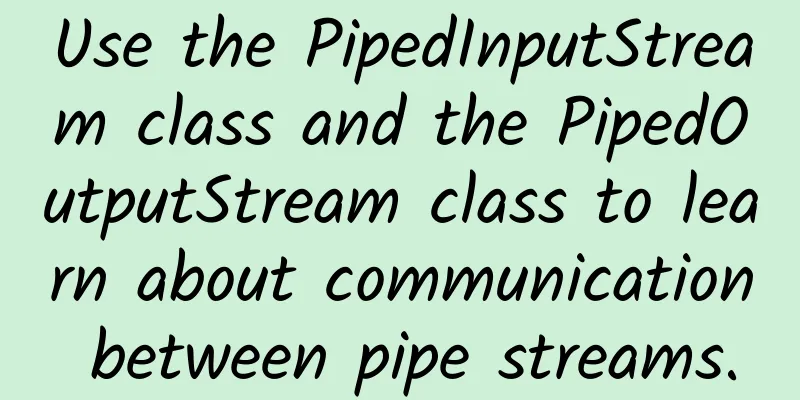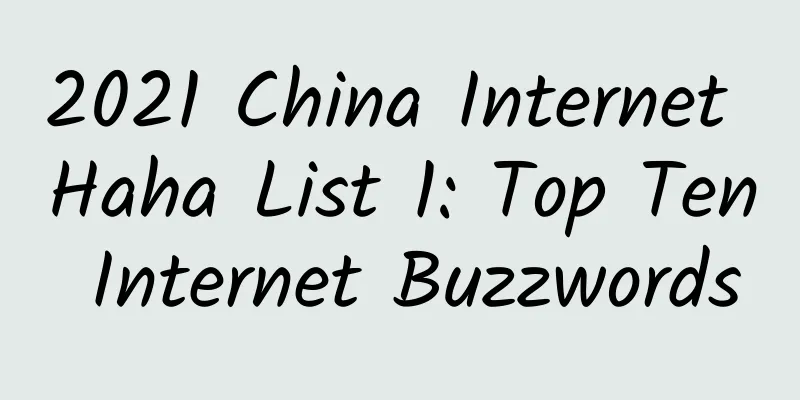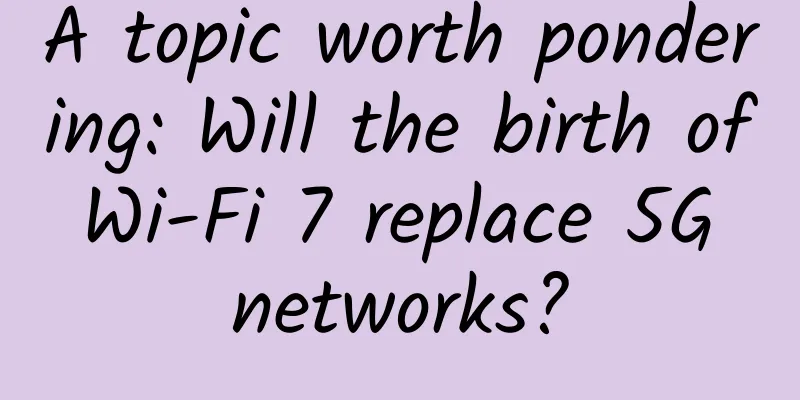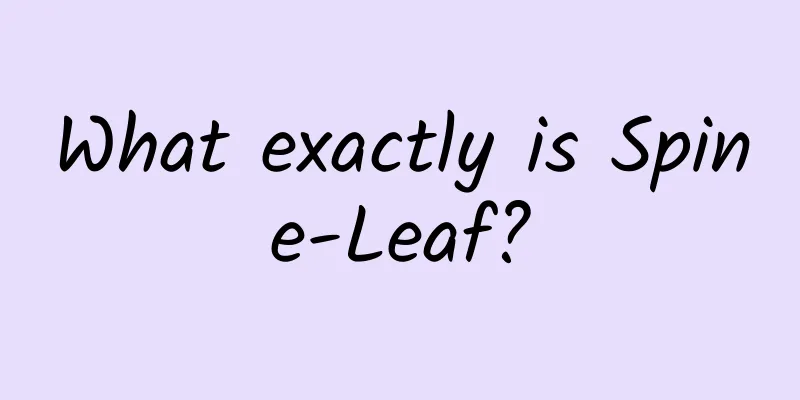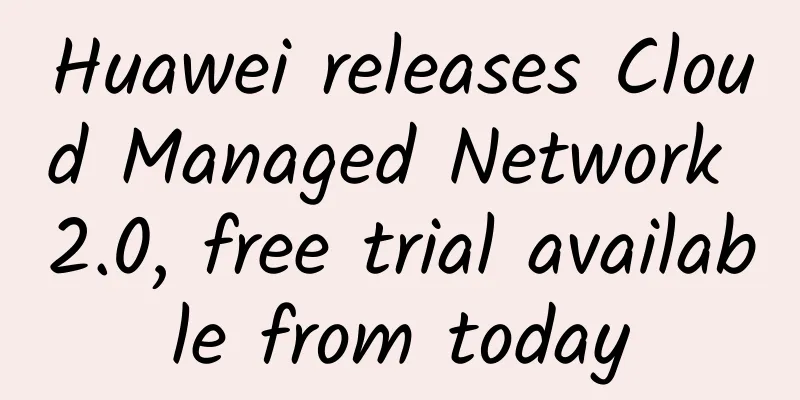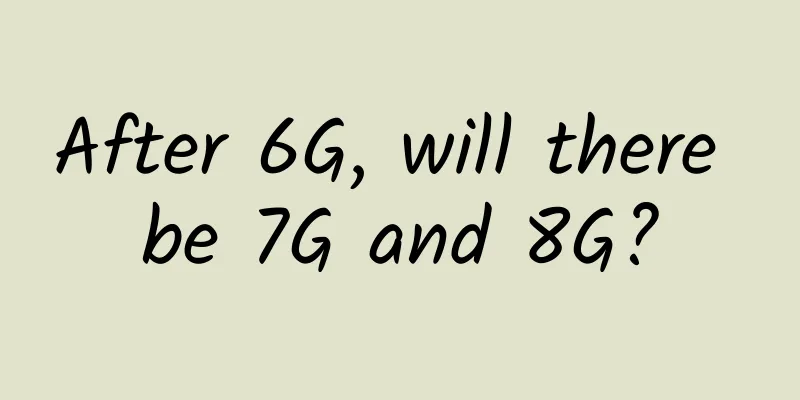Why does TCP use the "three-way handshake" to establish a connection? An example will teach you
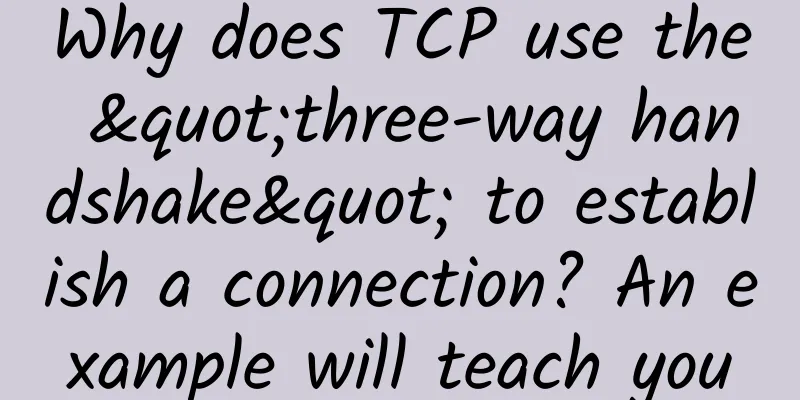
|
First of all, why is it a three-way handshake? After the client sends a request A, but A is delayed for a long time on the network, the client then sends B again, but A is no longer valid. The server then responds to B and returns the TCP connection header to establish a connection (twice here). Then, A finally reaches the server after going through thousands of miles. When the server sees the request, it accepts it. Since the TCP format carried by A was correct at the beginning, the server should also return the flag of successful connection. However, at this time, the client has determined that the request is invalid and discarded it. Then the server just hangs like this (wasting resources), which causes a problem: md, who is to blame for this? So, to be on the safe side, just add another connection. So 3 times is the most appropriate. In Chinese, 3 is considered a lot. If you use 4, 5, 6, 7, 8... times, isn't that more wasteful? As a reliable transmission control protocol, the core idea of TCP is to ensure reliable data transmission and improve transmission efficiency. Using three times can meet the above two requirements. In the TCP/IP protocol, the TCP protocol provides a reliable connection service and uses a three-way handshake to establish a connection. The connection process is as follows:
Why do we need to do a three-way handshake? Let me give you an example! During the Red Army period, Company A and Company B were divided into the left and right wings, and agreed to launch an attack together at a certain time and minute. This information needed to be delivered manually through a messenger on foot. So the commander of Company A sent out a messenger. This is the *** time. Suppose the signalman arrives at Company B and informs the commander of Company B the time and minute. The commander of Company B will definitely ask the signalman to go back and inform the commander of Company A. The poor signalman can only risk his life to return to Company A, because the commander of Company A cannot see the signalman return, and does not know whether the information has been delivered to Company B at what time and minute. This is the second time. Now the commander of Company B begins to worry about whether the signalman has returned to Company A. If not, the commander of Company B will put himself in the shoes of the commander of Company A and think that he will definitely not dare to fight if he cannot see the signalman who has returned. Therefore, the commander of Company B most hopes to see the signalman appear in Company B again, so the commander of Company A will let the signalman go back to Company B again. Therefore, it can be said that the three-way handshake is the fastest and most labor-saving choice. The above analysis is not vivid enough and it is easy to forget. Let's use wireshark to prove the above analysis process. It is easy to see from the output below that an http request is made only after the previous three tcp requests. In the first handshake packet, the client sends a TCP with the flag bit set to SYN and the sequence number set to 0, which means the client requests to establish a connection, as shown in the following figure (First handshake) The server sends back a confirmation packet for the second handshake, with the flag SYN, ACK. The confirmation number is set to the client's ISN plus 1. That is, 0+1=1, as shown in the following figure (Second handshake) In the third handshake data packet, the client sends an acknowledgment packet (ACK) again. The SYN flag is 0 and the ACK flag is 1. The sequence number field of the ACK sent by the server + 1 is placed in the confirmation field and sent to the other party. And ISN + 1 is placed in the data segment, as shown in the following figure (Third handshake) The above is the TCP three-way handshake process in Wireshark. That’s all for today’s sharing. |
<<: IDC Commentary: The 6G that powerful countries are competing for may be just a pipe dream!
Recommend
South Korea's ICT exports hit record high in first half of the year
According to Yonhap News Agency, the Ministry of ...
I have no resistance to these 6 excellent computer software
[[389531]] Excellent computer software can greatl...
5 ways to instantly improve WiFi signal and instantly get full WiFi signal, the physics you don’t know
During the May Day holiday, the WiFi at home beca...
Four leading geese: the starting point for large-scale commercial use of 5G to B
Suddenly, 5G has truly come into our lives. With ...
Don’t want to be one of the 70% who fail in digital transformation? Riverbed Application Performance Management Upgrade
Enterprises are in the stage of high enthusiasm f...
Changes to the Internet in 2018
There are already many articles in the industry p...
Hengchuang Technology: Hong Kong/US cloud server annual payment starts from 318 yuan, Hong Kong CN2 independent server starts from 480 yuan
Hengchuang Technology is a Chinese business found...
SF Express's Liu Zhixin: Artificial intelligence helps logistics upgrade
[51CTO.com original article] On July 21-22, 2017,...
SD-WAN first or security first?
[[419685]] The right secure access service edge (...
This year's 5G mobile phones must have these features!
[[387087]] This article is reprinted from the WeC...
Three steps to take before deploying SD-WAN
As enterprises develop their network strategies a...
Editorial: 5G should adhere to the development model of mutual promotion between construction and use
At a press conference held by the State Council I...
Casual talk: How to explain to my girlfriend why there is still a 460-second delay when playing Honor of Kings even with a 200M broadband?
Over the weekend, I was preparing a PPT for my an...
Practical tips: Teach you step by step to solve the problem of WiFi interference
Suppose there is a large classroom that can accom...
Core Network Evolution (RCAF, PFDF and TSSF) - 3GPP REST API
Looking back at the diversity of technology devel...
